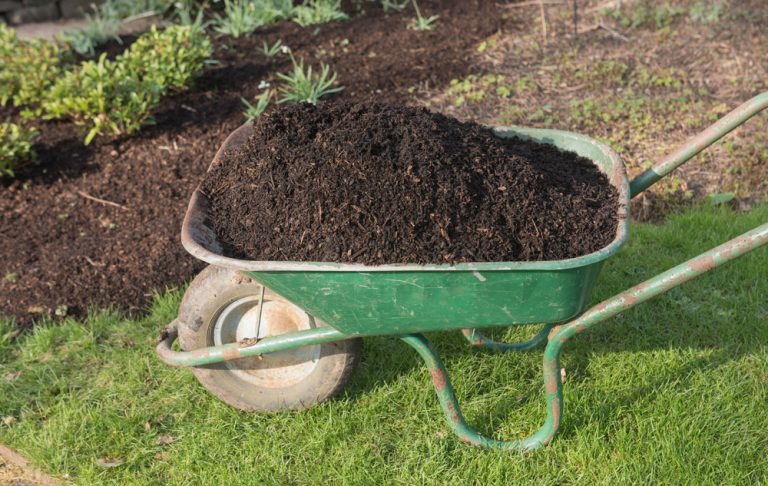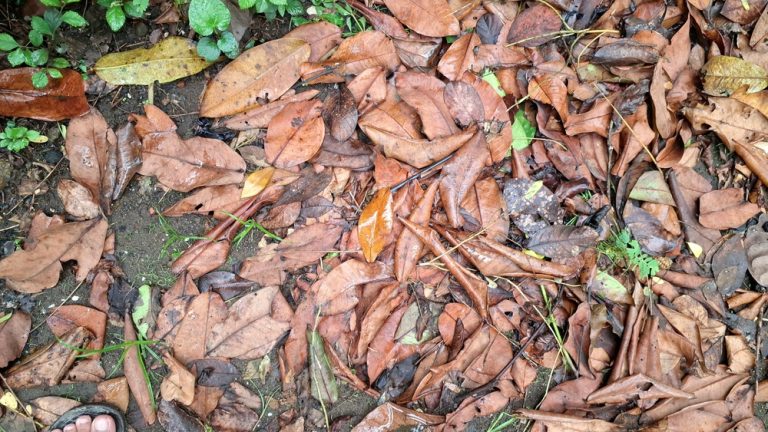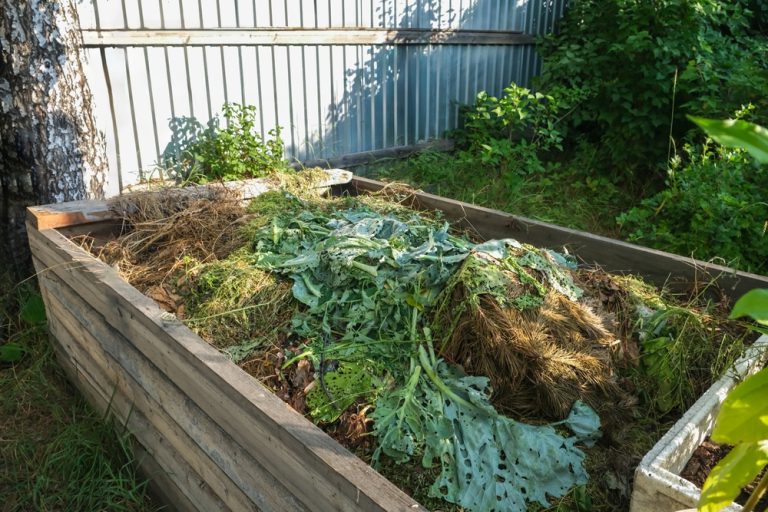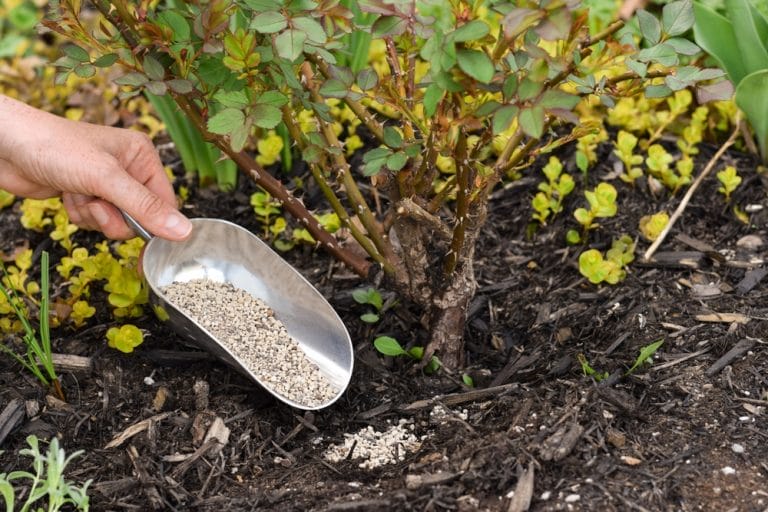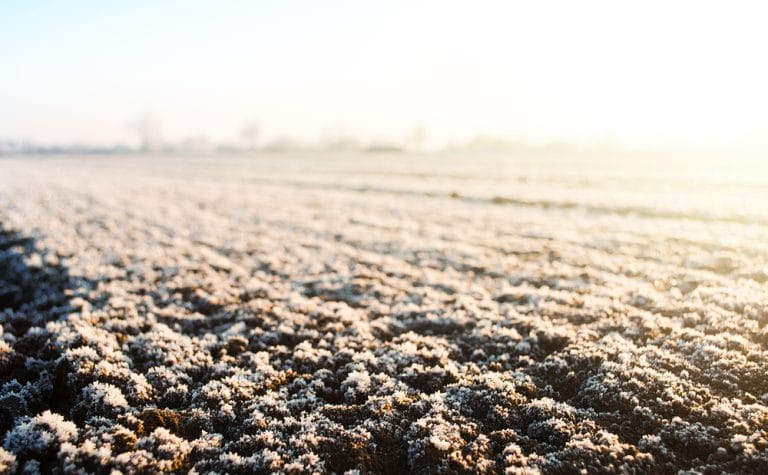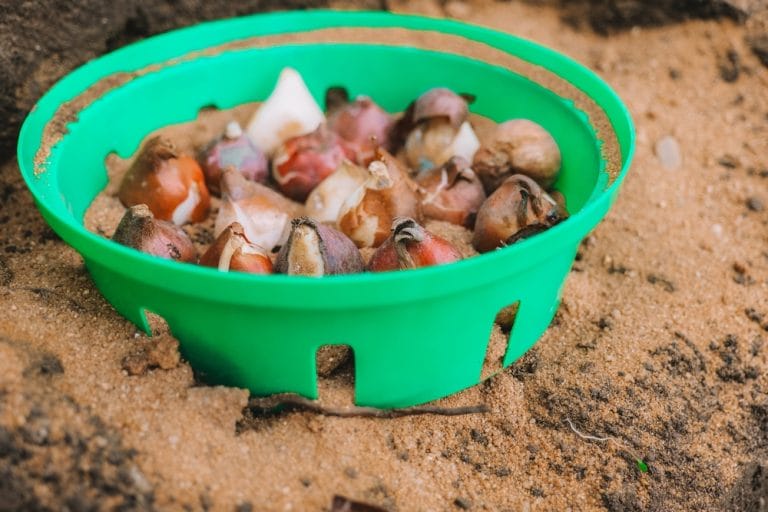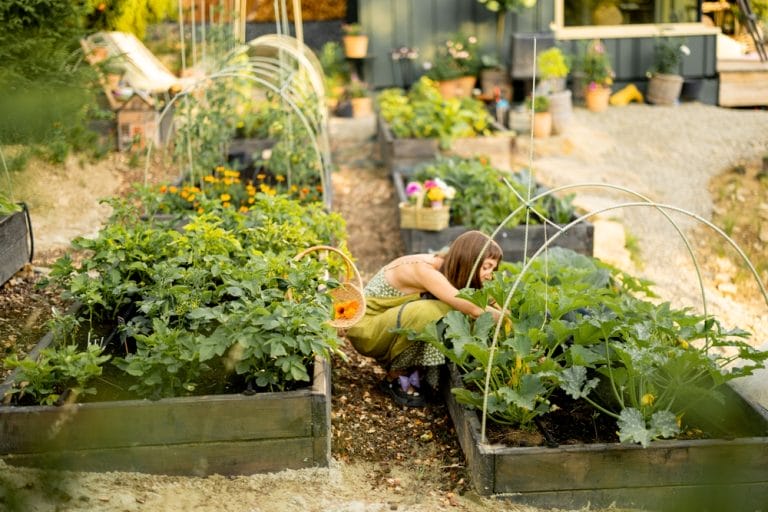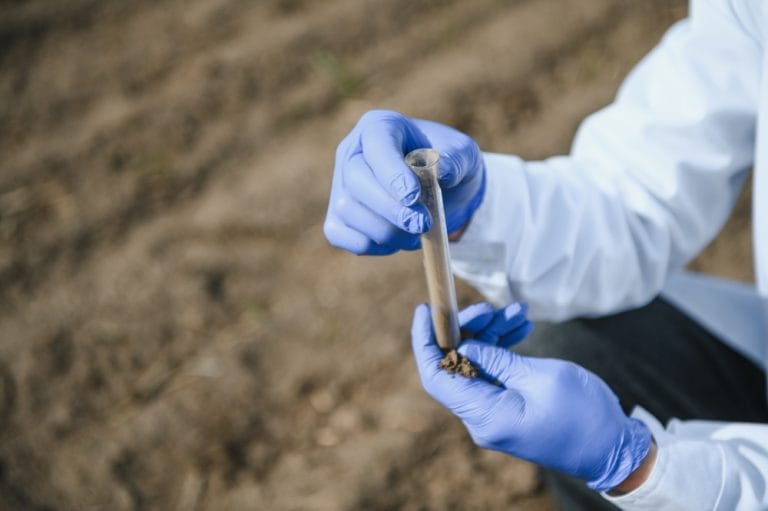Beneath the winter’s silent, frosty blanket, a hidden world is wide awake. While we’re sipping cocoa by the fire, the soil under our feet is not sleeping; it’s throwing a microscopic gala, conducting a symphony of biological processes, and laying the groundwork for spring’s explosion of life. Forget dormancy—this is the season of secret soil…
best soil
Why Mulching in December Can Save Your Spring Garden
Winter is rolling in, frost is creeping over your lawn, and it might feel like the garden is officially “asleep” until spring. But don’t put away your gardening gloves just yet—December is secretly one of the best months to set your spring garden up for success. Mulching now might sound like an odd chore in…
Leaf Mold Gold: Turning Yard Waste into Next Year’s Best Soil
Autumn is coming, and the ground will soon be blanketed in colorful leaves. Many people see piles of fallen leaves and think “trash,” but savvy gardeners know there’s hidden treasure under those crunchy layers. Leaf mold, the dark, crumbly substance created when leaves break down naturally, is like a secret superfood for your soil. It’s…
Why Compost Tea Works Better in Cool Soil
If you’ve ever tried to give your garden a magical boost, you’ve probably heard of compost tea. It’s like giving your plants a spa day in liquid form—nutrient-rich, microbial-packed, and ready to wake up your soil. But here’s the twist: compost tea doesn’t perform the same in every temperature. In fact, when the soil is…
How Soil Structure Shifts After Heavy Autumn Rains
Autumn storms have a way of sneaking up on us—one minute the air is crisp and cozy, and the next, the sky is dumping enough rain to make earthworms consider building arks. Gardeners rush for their tools, farmers mutter predictions like weather prophets, and nature itself braces for impact. While most people see puddles, mud,…
Feed Your Soil Now and Reap the Rewards in March
Garden blooms after a long winter are stunning. But here’s the secret seasoned gardeners know, and beginners rarely hear: those beautiful spring plants don’t just happen. They’re the result of quiet, behind-the-scenes work you do long before frost melts and daylight lingers. Feeding your soil now—yes, right now—sets the stage for an explosive, colorful, brag-worthy…
Why You Need to Check Soil Drainage Before the First Freeze
The moment that crisp, cold air rolls in and your breath turns visible, most people start thinking about holiday menus, winter coats, or whether their car battery will survive another year. But seasoned gardeners and homeowners know there’s another silent threat creeping beneath the surface—one that can sabotage plants, damage soil structure, and turn your…
How to Prep Soil for Bulbs Without Spending a Fortune
It feels so satisfying when you bury tiny, unassuming bulbs in the ground and know they’re going to explode into color months later like botanical fireworks. But prepping soil for those bulbs? That’s where many gardeners suddenly feel like they’ve stumbled into a chemistry exam they didn’t study for. The good news is, you don’t…
Why Fall Is the Time to Start Next Year’s Beds
Most gardeners are busy wrapping up summer blooms or raking leaves during the fall season, but savvy plant lovers know that this season holds a secret power: it’s the perfect time to prepare next year’s beds. Fall isn’t just about ending the season gracefully; it’s about setting yourself up for a spectacular spring. By starting…
7 Soil Tests That Give the Best Results in Fall
As the leaves turn gold and the air starts carrying that crisp autumn scent, gardeners everywhere start thinking about how to prep their soil for the months ahead. Fall isn’t just a time for pumpkin spice lattes—it’s one of the best times to understand what’s happening underground. After the heat of summer, the soil has…

